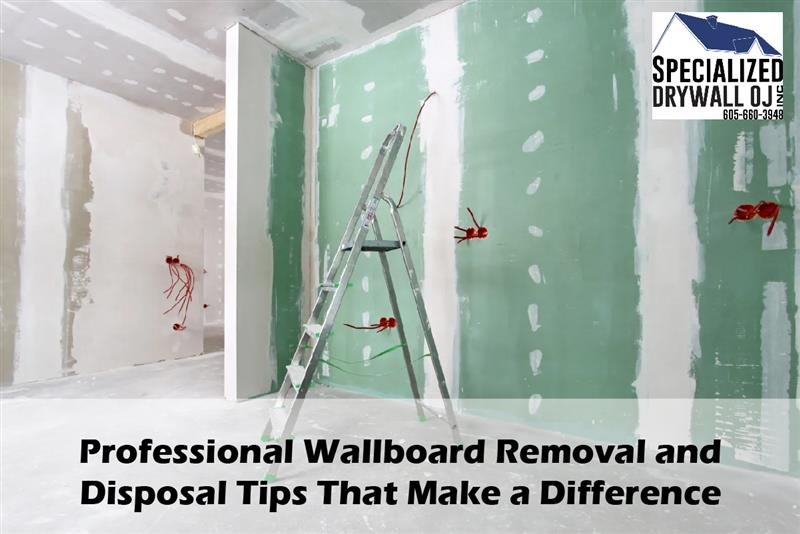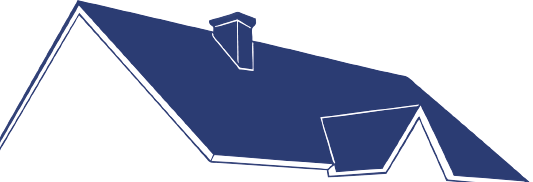Wallboard demolition sounds like a heavy-duty job—and it can be. But with the right approach, tools, and know-how, removing wallboards can be cleaner, safer, and more efficient than most people expect. Whether you’re prepping for a complete renovation or just updating a room, wallboard removal is one of the first steps. And doing it wrong can quickly lead to costly damage, dust overload, or injury.
You’re in the right place if you’re wondering how professionals handle this without a mess or chaos. This guide includes practical, real-world advice for safe wallboard removal and smart disposal tips to avoid fines, hazards, or environmental harm. Whether you’re a homeowner taking on a DIY project or a contractor looking to streamline your process, you’ll find value in every section.
Want pro results? Let’s get started.

Know When It’s Time for Wallboard Removal
Before grabbing a crowbar, figure out whether complete removal is even necessary. Sometimes, only a section needs repair. Other times, hidden mold, structural damage, or water stains signal it’s time for complete demolition.
Look for these telltale signs:
- Cracks spreading across the surface
- Soft, sagging areas (especially near pipes or ceilings)
- Discoloration or mildew odors
- Wallboard that’s past its useful life (typically 30–40 years)
Residential wallboard removal usually revolves around aesthetics or minor upgrades. Meanwhile, commercial wallboard removal is often tied to code compliance, utility updates, or complete renovations.
Explore wallboard replacement options ➝
Tools and Prep: What You Need to Start
No one wants to destroy more than they have to. Prep is half the battle. Here’s a short checklist of must-haves for professional wallboard removal:
- Utility knife
- Pry bar or wrecking bar.
- Dust mask or respirator
- Safety goggles
- Work gloves
- Trash bags or disposal bins
- Stud finder
- Drop cloths or plastic sheeting.
Drywall removal services typically begin by turning off utilities to avoid damage to wires or pipes hidden behind walls. Using a stud finder helps locate anchors, screws, and wiring, so you’re not blindly cutting into trouble.
Also, block off the space with plastic sheeting. This keeps dust contained—essential for residential and commercial wallboard removal jobs.
Cut with Precision, Not Panic
Start small. Professionals don’t smash and yank walls apart. Instead, they make clean vertical cuts with a utility knife. Begin from the center of the wallboard, not the edge, and create a panel-sized opening. Then gently pull using your hands or a pry bar.
Working in sections makes the removal more manageable and avoids creating large waste piles at once. If you’re handling interior wall removal services, mark your cuts carefully around switches or outlets.
Pro tip: Always wear a helmet or hard hat if you’re removing the ceiling wallboard. Falling debris can be unpredictable.
Safety First: Minimize Dust and Debris
Removing drywall can release silica dust and old insulation particles—stuff you don’t want in your lungs. That’s why safe wallboard removal practices include:
- Using a HEPA vacuum to clean up immediately
- Wetting the drywall before removing to reduce dust
- Wearing N95 masks or respirators at all times
If your wallboard was installed before 1980, it might contain asbestos or lead paint. In these cases, only certified wallboard demolition contractors should handle it. DIY methods aren’t just unsafe—they’re illegal in some states without permits.
Looking for licensed help? Contact experts here ➝
Responsible Disposal Done Right
Now comes the part most people underestimate—getting rid of the waste. Wallboard disposal services don’t just dump materials in any trash bin. Proper disposal is crucial because gypsum (the main component of drywall) can release hydrogen sulfide gas when mixed with organic matter in landfills.
Innovative strategies for disposal:
- Bag smaller chunks for easy handling
- Recycle unpainted gypsum with local centers.
- Use heavy-duty bins for full-sheet debris.
- Label hazardous materials clearly.
Some contractors offer complete drywall removal services, including debris hauling and eco-friendly recycling options.
Want to know about future wallboard trends? Read this blog ➝
Tips for DIY Homeowners
You don’t need to be a pro to follow best practices. Here are some beginner-friendly wallboard tips for homeowners:
- Remove baseboards and trim first to avoid splintering
- Disconnect outlets and switch plates before cutting.
- Start with one wall at a time, preferably the smallest.
- Have a friend help you hold and carry heavier pieces.
If you’re taking on a project alone, keep your pace steady. Rushing increases the risk of injury or damaging the wall studs underneath. Many homeowners use wallboard removal services for safety and ease, even for small tasks.
When to Call in the Pros
Sometimes, it’s better not to DIY. Complex renovations, structural changes, or commercial sites require permits and expertise.
Call a professional if:
- You’re working on load-bearing walls
- The wallboard has mold, asbestos, or water damage.
- You need to meet city or state building codes.
- You’re not confident in safe demolition practices.
Wallboard demolition contractors have specialized tools and disposal methods that streamline the process—and minimize risk. They’ll also ensure everything is up to code.
Need help now? Book a consultation ➝
Final Thoughts: Keep It Clean, Safe, and Smart
Removing the wallboard isn’t just about tearing stuff down—it’s about doing it safely, responsibly, and cleanly. Whether you’re a homeowner updating one room or a business planning a complete renovation, the key is prep, protection, and disposal.
By following these professional wallboard removal tips, you’ll avoid common pitfalls and get the job done right the first time. And if the job feels overwhelming? Don’t hesitate to hire experts. It saves time, stress, and future repairs.
FAQs
Q1: How long does it take to remove the wallboard in a single room?
A: For a standard 10×12 room, professional crews can remove drywall in 2–4 hours, while DIY removal might take a whole day.
Q2: Can I throw old drywall in my household trash?
A: In most cases, no. Many municipalities have restrictions due to environmental risks. Use approved wallboard disposal services instead.
Q3: What if I find mold behind my wallboard?
A: Stop immediately and call a mold remediation specialist. Mold can pose health hazards and should not be disturbed without proper gear.
Q4: Is drywall the same as wallboard?
A: Essentially yes—both refer to gypsum-based panels used in construction. Wallboard is a more general term, while drywall is the most common type.
Q5: Can I reuse old drywall sheets?
A: Typically no, especially if cracked, painted, or water-damaged. Recycling is preferred over reuse.

